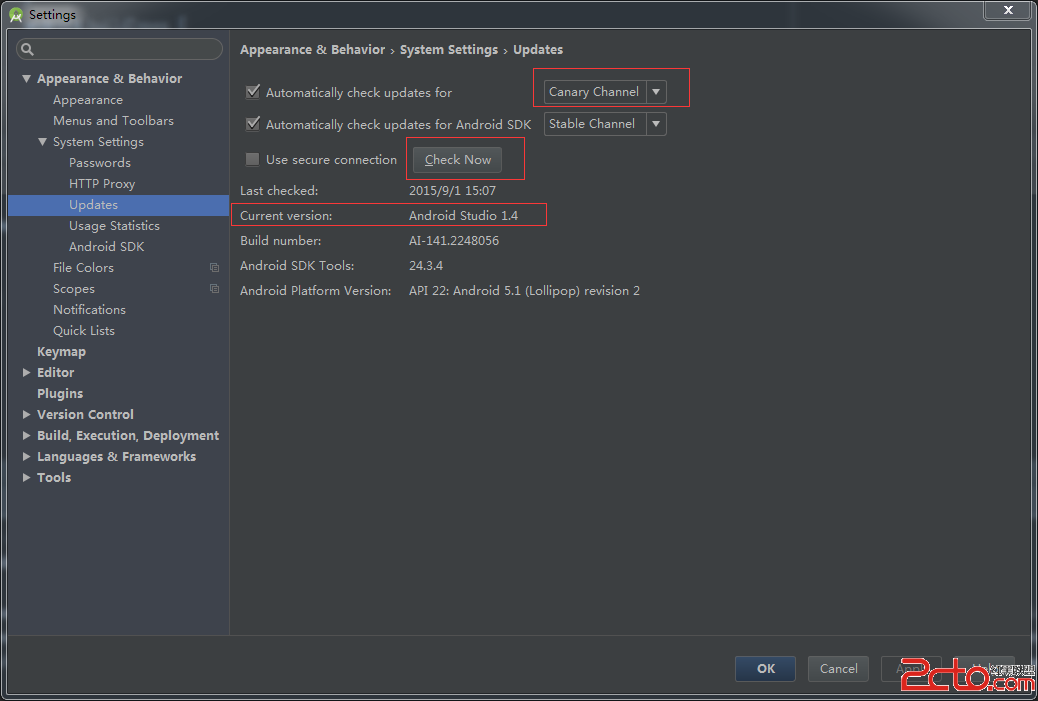1、使用HAL的方法
下面以Sensor傳感器為例介紹使用HAL的方法,具體流程如下所示。
step1. Native code通過 hw_get_module 調用 HAL stub。
[cpp]
hw_get_module( LED_HARDWARE_MODULE_ID, (const hw_module_t**)&module)
step2. 通過繼承 hw_module_methods_t 的callback來打開設備。
[cpp]
module->methods->open(module, LED_HARDWARE_MODULE_ID, (struct hw_device_t**)device);
step3. 通過繼承 hw_device_t 的 callback(回調函數)來控制設備。
[cpp]
sLedDevice->set_on( sLedDevice, led);
sLedDevice->set_off( sLedDevice, led);
2、編寫 HAL stub 的方法
編寫 HAL stub 的基本流程如下所示。
step1. 自定義 HAL 結構體,編寫頭文件 led.h 和 hardware/hardware.h,主要代碼如下所示。
[cpp]
struct led_module_t {
struct hw_module_t common;
};
struct led_control_device_t {
struct hw_device_t commom;
int fd; // LED設備文件標碼
// 支持控制的 API接口
int (*set_on)(struct led_control_device_t *dev, int32_t led);
int (*set_off)(struct led_control_device_t *dev, int32_t led);
};
step2. 編寫文件 led.c 實現 HAL stub 注冊功能。
step3. 設置 led_module_methods 繼承於hw_module_methods_t,並實現對 open() 方法的回調。
[cpp]
struct hw_module_methods_t led_module_methods = {
open: led_device_open
};
step4. 使用HAL_MODULE_INFO_SYM 實例化 led_module_t,注意各個名稱不可以修改。
[cpp]
const struct led_module_t HAL_MODULE_INFO_SYM = {
common: {
tag: HARDWARE_MODULE_TAG,
version_major: 1,
version_minor: 0,
id: LED_HARDWARE_MODULE_ID,
name: "Sample LED Stub",
author: &led_module_methods,
}
};
補充說明:
tag :表示需要指定為 HARDWARE_MODULE_TAG.
id :表示指定為 HAL Stub 的 module ID。
methods :為 HAL 所定義的方法。
step5. open()是一個必須實現的回調 API,用於負責申請結構體控件並填充信息,並且可以注冊具體操作API接口,並打開linux驅動。
但是因為存在多重繼承關系,所以只需對子結構體 hw_device_t 對象申請控件即可。
[cpp]
int led_device_open(const struct hw_module_t* module, const char* name, struct hw_device_t** device)
{
struct led_control_device_t* dev;
dev = (struct led_control_device_t *)malloc( sizeof(*dev) );
memset(dev, 0, sizeof(*dev) );
dev->common.tag = HARDWARE_DEVICE_TAG;
dev->common.version = 0;
dev->common.module = module;
dev->common.close = led_device_close;
dev->set_on = led_on;
dev->set_off = led_off;
*device = &dev->common;
// initialize Led hardware here
dev->fd = open(LED_DEVICE, O_RDONLY);
if( dev->fd < 0 ) return -1;
led_off(dev, LED_C608);
led_off(dev, LED_C609);
success:
return 0;
}
step6. 填充具體API操作,具體代碼如下所示。
[cpp]
int led_on(struct led_control_device_t* dev, int32_t led)
{
int fd;
LOGI("LED Stub: set %d on.", led);
fd = dev->fd;
switch(fd)
{
case LED_C608:
ioctl(fd, 1, &led);
break;
case LED_C609:
ioctl(fd, 1, &led);
break;
default:
return -1;
}
return 0;
}
int led_off(struct led_control_device_t* dev, int32_t led)
{
int fd;
LOGI("LED Stub: set %d off.", led);
fd = dev->fd;
switch(fd)
{
case LED_C608:
ioctl(fd, 2, &led);
break;
case LED_C609:
ioctl(fd, 2, &led);
break;
default:
return -1;
}
return 0;
}
 打造一個Android 3D立體旋轉容器
打造一個Android 3D立體旋轉容器
 Android Studio使用新的Gradle構建工具配置NDK環境
Android Studio使用新的Gradle構建工具配置NDK環境
 TRIM:提升磁盤性能,緩解Android卡頓
TRIM:提升磁盤性能,緩解Android卡頓
 Android CircleImageView圓形ImageView
Android CircleImageView圓形ImageView